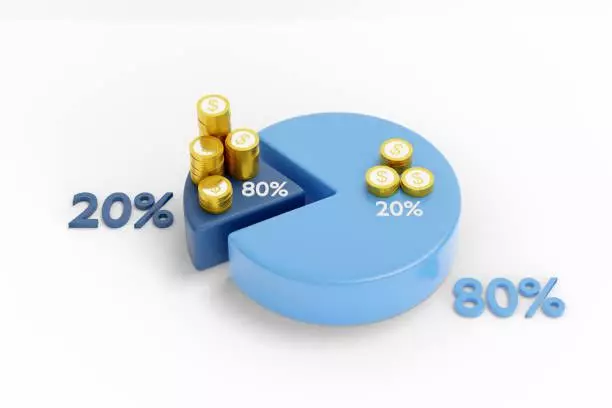
The Pareto Principle
Contents
How can you identify the most important tasks?
The best method is the Pareto Principle, which is taught in our time management courses!
What Is The Pareto Principle?
It’s a principle that states: 80% of results are brought about by 20% of all the efforts put into the work.
It is also called the Pareto Principle, the Law of the Vital Few, and the Principle of Factor Sparsity.
How I Implement It
I use the Pareto principle to set my priorities right.
Doing so lets me focus on tasks that significantly impact my results.
Here’s how I implement the rule to accomplish it:
1. Make a list of all my daily/weekly tasks.
2. Identify critical tasks that make the most impact.
3. Delegate or automate the other tasks.
4. Create a plan for completing the key tasks.
5. Use the Pomodoro technique to stay focused on these important tasks for short periods.
Why Does It Work So Well?
The 80/20 rule works for productivity for two key reasons.
1. Focusing on the vital few:
By identifying the few efforts that yield 80% of the results, you can focus on doing them more and maximizing your results.
2. Ignoring the trivial many:
The majority of tasks that are not so fruitful can take up most of our time.
Systematically sorting and ignoring most of them can free up time to spend on more vital tasks.
3. Combatting Procrastination:
When there are big tasks and small tasks, we are most likely going to procrastinate the big ones.
This will cause issues down the road!
The 80/20 rule is similar to the Eat That Frog technique, it forces you to take care of important tasks.
Final Thoughts
If putting more effort into a few things can transform your results magically, why should you consider it?
The Pareto principle provides a framework for you to assess the impact of your actions on your goals.
By applying it, you can take more actions that will really propel you forward.
It’s just one of many great tools you can use to improve your time management.
If this approach doesn’t work for you, then don’t stress!
Not every time management technique will work for everyone, try learning timeboxing if you don’t feel the Pareto Principle is a good approach for you.
- Facebook: https://www.facebook.com/profile.php?id=100066814899655
- X (Twitter): https://twitter.com/AcuityTraining
- LinkedIn: https://www.linkedin.com/company/acuity-training/


